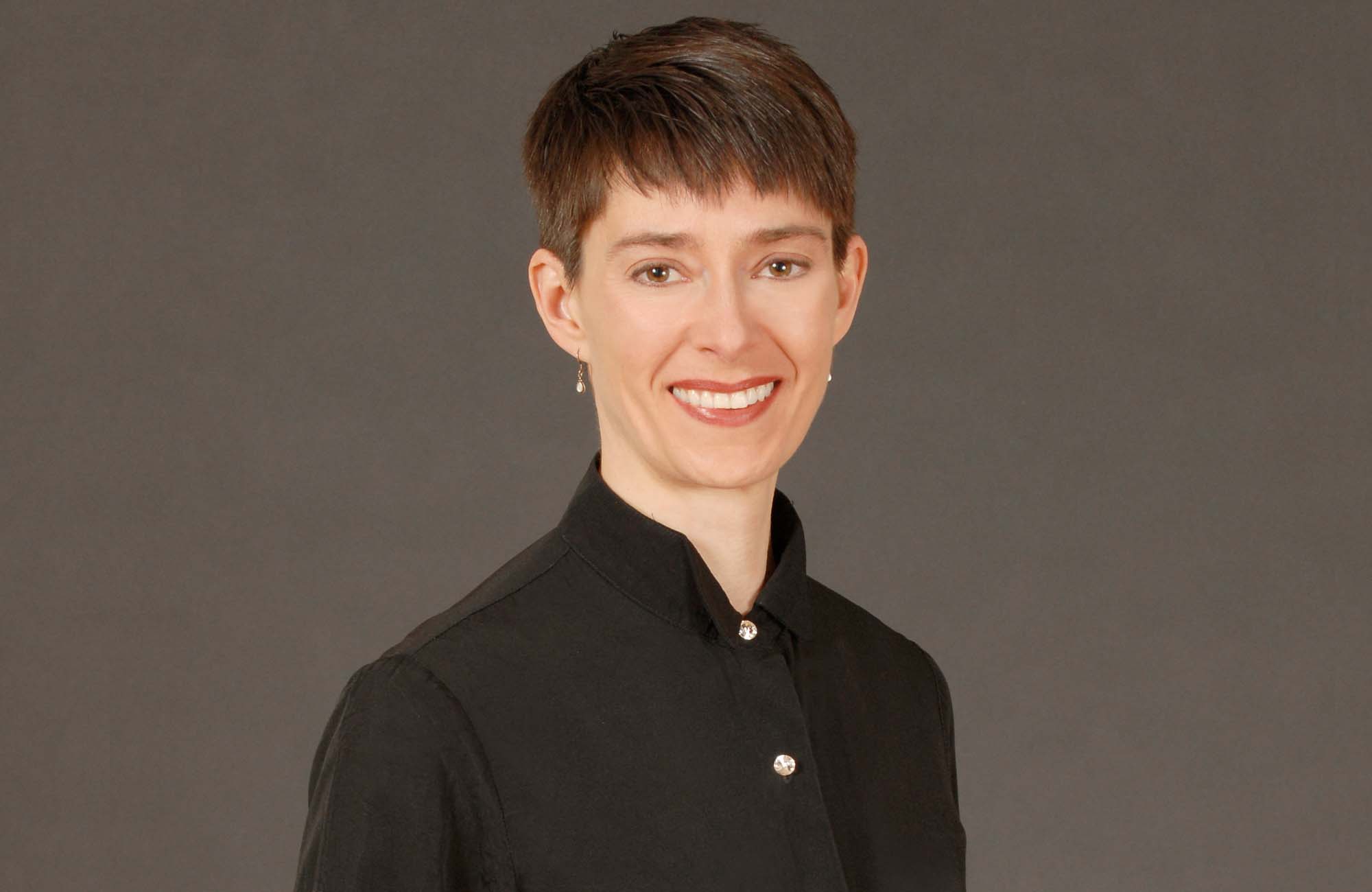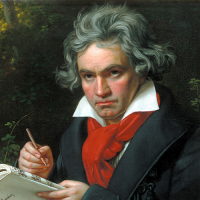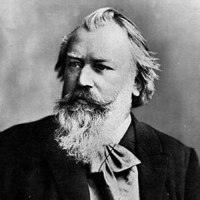

HOLLY ADAMS, host
Holly Adams is a SAG-AFTRA performer with classic and conservatory training and a graduate of the International Dell’Arte School. Her professional career covers two decades and four continents! Known for her skills as a physical actor, her stage and film roles include Zombies, Aliens, and Shakespearean nymphs, witches, and warriors. Favorites include film features Gotham Blue, Anomie, and Here Alone; shorts Your Loving, Virginia as Virginia Woolf, Ovid, and Taps. Some stage favorites: Love, Loss and What I Wore; My Father’s Dragon; A Midsummer Night’s Dream; Macbeth; A Christmas Carol; Hotspur in Richard II; Richard III in Kynge’s Games; as well as numerous physical theatre pieces.

HEATHER BUCHMAN, conductor
Heather Buchman is director of the Hamilton College Orchestra and Chamber Music program and Chair of the Department of Music. While serving as Education and Outreach Conductor for Symphoria, she helped develope numerous innovative programs, as well as for the orchestral and chamber programs at Hamilton College. She appears frequently as conductor and trombonist with the Society for New Music and other organizations.
Buchman completed professional studies in conducting at the Juilliard School, earned a M.M. in orchestral conducting from the University of Michigan, and a B. Mus. degree in trombone from the Eastman School of Music. More recent studies include conducting workshops in St. Petersburg, Russia. She served as Principal Trombonist of the San Diego Symphony from 1988-1997. She won prizes at the ARD International Music Competition in Munich, Germany and the New York Philharmonic Young Artists Concerto Competition
CONCERT PROGRAM
Ludwig van Beethoven
Symphony No. 5
Mvt. 1 (Allegro con brio)
Johannes Brahms
Hungarian Dance No. 1
Louise Farrenc
Symphony No. 3
Mvt. 3 (Scherzo: Vivace)
Felix Mendelssohn
Hebrides Overture
Fingals Cave
Ludwig van Beethoven
Coriolan Overture
ABOUT THE COMPOSERS
 Ludwig van Beethoven
Ludwig van Beethoven
Ludwig van Beethoven was born in Bonn, Germany in 1770. His father was a singer, and was his first teacher. Ludwig became a traveling performer when he was young, and soon, he was supporting his family. In his early twenties, Beethoven moved to Vienna, where he spent the rest of his life. Beethoven was one of the first composers to make a living without being employed by the church or by a member of the nobility. At first, he was known as a brilliant pianist. But when he was around 30 years old, Beethoven started going deaf. Even though he could no longer hear well enough to play the piano, Beethoven composed many of his best works after he was deaf! Beethoven is considered one of the greatest musical geniuses who ever lived. He may be most famous for his nine symphonies, but he also wrote many other kinds of music: chamber and choral music, piano music and string quartets, and an opera.
 Johannes Brahms
Johannes Brahms
Johannes Brahms was born in 1833 in Hamburg, Germany. His father was a musician who played several instruments, and Brahms loved music, too. By the time he was six, he’d invented his own system for writing notes down on a page. Of course, he also took instrument lessons, learning to play cello, horn, and piano. By the time he was ten, he was such a good pianist that he performed in public, as part of a chamber music concert. Brahms also loved books and read everything he could find including novels, poetry, and folk tales.When Brahms was older, he toured as an accompanist, playing piano for a Hungarian violinist. That music — and the gypsy bands Brahms heard later on when he traveled to Hungary — inspired his Hungarian Dances, which were very popular with the public. Hewrote 21 dances in total. The most famous one is the Hungarian Dance No. 5.
Many people considered Brahms to be the successor to Beethoven. For a long time, he didn’t want to write a symphony, because he was afraid his work would not be as good as Beethoven’s. Brahms ended up writing four symphonies, plus pieces in every musical form except opera. You may know one of his most famous pieces, the Lullaby. In fact, Brahms became so famous, he is now known as one of the 3 B’s — Bach, Beethoven, and Brahms — of classical music.
 Louise Farrenc
Louise FarrencLouise Farrenc was a pianist, teacher, and composer. She taught piano at the Paris Conservatory for 30 years and was also considered to be one of the greatest female composers of the nineteenth century. She wrote music for the piano as well as for chamber groups and orchestra. She was encouraged to pursue music studies by her husband, Aristide Farrenc, who owned a publishing house that published her music.
 Felix Mendelssohn
Felix Mendelssohn
Felix Mendelssohn was lucky enough to be born into a wealthy family, with loving parents who encouraged him to be a musician. And he certainly had the right name. Felix is Latin for “happy.” Mendelssohn was born in Hamburg, Germany, and grew up in Berlin. His grandfather was the great Jewish philosopher Moses Mendelssohn, but Felix Mendelssohn lived at a time when it was very difficult to be Jewish in Germany — there were all kinds of laws and taxes that applied only to Jews. Felix Mendelssohn’s father Abraham was a banker who didn’t want to deal with anti-Semitism — people discriminating against him just because he was Jewish. So he converted to Christianity, and changed the family name to Mendelssohn-Bartholdy. The Mendelssohn family held regular Sunday afternoon concerts at their house, so Felix grew up with music all around him. He was already a terrific pianist as a child, and started composing when he was ten. As a teenager, Mendelssohn had already written some of his greatest music. He was also a wonderful visual artist. Mendelssohn was very close to his older sister, Fanny, who also played the piano and composed. The two of them not only made music together, they also put on plays — like A Midsummer Night’s Dream by William Shakespeare.
Mendelssohn loved to travel. His trips to other countries inspired some of his best music, like his Scottish and Italian Symphonies. Mendelssohn also became well known as a conductor. When he was just 20, he put together and conducted the first concert of Johann Sebastian Bach’s St. Matthew Passion since Bach’s lifetime.
BEETHOVEN’S GHOST
The first piece you will hear during the concert is the first movement from Beethoven’s Symphony No. 5. Beethoven uses a motif in this piece, which comes back over and over in different forms. Have a look at Beethoven’s motif, as played by the violins, below:
Motifs are sometimes used over and over throughout a piece of music. Sometimes they are turned upside down, or backward, or at a different speed (faster or slower), and sometimes the notes change by the rhythm stays the same. No matter how the composer uses a motif, the listener can almost recognize it.
DID YOU KNOW…
Ludwig van Beethoven was born in Bonn Germany in 1770. He was the third Ludwig in the Beethoven family (including his grandfather and his older brother. Beethoven’s father had his sights set on ensuring that his son would be a prodigy, like Mozart and forced Beethoven to practice day and night. Beethoven did perform for Mozart on a trip to Vienna, and Mozart said “Keep your eyes on him—someday he’ll give the world something to talk about.” Beethoven was notoriously bad at math, and never learned how to multiply or divide. Beethoven was sickly throughout his life. He was completely deaf by the time his Ninth Symphony was performed, and many believe that his deafness may have been the result of a childhood illness.
ACTIVITIES
ACTIVITY (All Ages)
1. Choose a THEME for a holiday, or a party.(Halloween, Christmas, Birthday Party, a season, etc.)
Theme example: WINTER
2. Now think of all the things that you would use to decorate for that (WINTER) theme/party.
These things are the motifs (ideas) that all together represent winter.
Example: Snow, snowman, snowballs, sledding, skiing, cold, mittens, boots, earmuffs etc.
3. Choose one of those things and call it your MOTIF; your idea that represents Winter.
Motif example: SNOWMAN
4. Draw or create different ways the same image can be altered just like Beethoven altered his motif. (feel free to use these examples)
See examples below.
Call that first image your MOTIF:
Here is the MOTIF backwards:
Augmented: (to make larger; expand)
Here is the theme Upside Down
ACTIVITY (For Older Kids)
Partly by using motifs and all their variations, Beethoven created, and began to develop a more complex and heavy style to classical music. His influence can be heard throughout music history in the music of composers who followed him; Beethoven’s legacy lives on in music written even by
today’s composers.
Composers like Brahms worried about not living up to the standards set by Beethoven. For instance, it took Brahms 20 years to write his first symphony, largely due to Beethoven’s reputation and Brahms’ constant worry about not being as good.
1. Listen to the Brahms Hungarian Dance No. 1. Keep in mind that it is a dance but sounds more serious and is heavier than the Mozart dance largely due to Beethoven’s influence on Brahms’ style.
2. Questions to ponder:
• Did you hear any motifs?
• How did the music make you feel?
• Did the music sound heavier or lighter than the Mozart? Discuss.
• Was the dance more similar to Mozart or to Beethoven? Discuss.
ACTIVITY (For Older Kids)
Much of Beethoven’s music is associated with the the concept of freedom which was a focal point of the late 18th century. During the 18th century, elements of Enlightenment thinking culminated in the American, French, andHaitian revolutions. NOTE: An extensive resource is available at https://plato.stanford.edu/entries/enlightenment/
Beethoven, being a free thinker and living in this age of Enlightenment, is responsible for changing the makeup of a Symphony. Up until Beethoven’s Second Symphony, the third movement of a Symphony was a minuet. Beethoven was the first to replace that with a Scherzo. A Minuet is a graceful dance, while a Scherzo is a vigorous, light, or playful composition, typically used as a movement in a symphony or a sonata.
A French composer named Louis Farrenc was very much influenced by Beethoven’s music and free thinking attitude. Beethoven boosted her confidence to fight for equality for female composers — demanding equal pay for her work.
1. Listen to a recording of the Scherzo from Farrenc’s Third Symphony.
2. Questions to ponder
• How did the music make you feel?
• Questions for the older students: Did you hear any motifs?
• Do you think female composers should have gotten the same pay as male composers in
late 18th century? How about now?
ACTIVITY (All Ages)
1. Listen to a recording of the first movement of Beethoven’s 5th Symphony. Listen for the four
note motif and how Beethoven plays with those four notes throughout the entire piece. Can you count
how many times the motif occurs? (Warning! It occurs in almost EVERY measure of the movement!)
NOTE: Younger audiences of all ages could raise their hands or their images they created every time
they hear the motif.
2. Questions to ponder:
• Did you hear the four note motif? Did you count how many times you heard it?
• How did the music make you feel?
• Did the music sound heavy or light?
• What instruments did you hear?
ACTIVITY (All Ages)
1. Listen to a recording of the first movement of Beethoven’s 5th Symphony. Listen for the four
note motif and how Beethoven plays with those four notes throughout the entire piece. Can you count
how many times the motif occurs? (Warning! It occurs in almost EVERY measure of the movement!)
NOTE: Younger audiences of all ages could raise their hands or their images they created every time
they hear the motif.
2. Questions to ponder:
• Did you hear the four note motif? Did you count how many times you heard it?
• How did the music make you feel?
• Did the music sound heavy or light?
• What instruments did you hear?
ACTIVITY (All Ages)
Composers are influenced by those that came before them; their “ghosts” live on! Felix Mendelssohn’s music is a perfect example of a combination of the styles of many composers. Beethoven’s influence can be heard in Mendelssohn’s music — both in terms of motif and weighted style. Mendelssohn was also influenced by Bach who approached composing in a completely differently manner using structure, formulas and many rules in mind about how the each musical line could interact.
1. Listen to the Bach Invention
2. Questions to ponder:
• How does the music make you feel? Is it different than listening to Beethoven?
• Did you hear any motifs?
• Can you hear the organized way Bach composes? Explain, Discuss.
• Can you hear the musical lines interact with each other?
3. Listen to Mendelssohn Hebrides overture.
4. Questions to ponder:
• How does the music make you feel?
• Can you hear the Bach style in this piece? Discuss.
• Can you hear the Beethoven influence in this piece? Discuss.
ACTIVITY (All Ages)
The Coriolan Overture, Op. 62, is a composition written by Beethoven in 1807 for Heinrich Joseph von Collin’s 1804 tragedy Coriolan. For more detailed information about the play, check out: https://en.wikipedia.org/wiki/Coriolan_Overture
The main character is very determined to lead a war and is represented by a dark musical theme. This theme comes back over and over throughout the piece. A second theme, which almost sounds like a love theme, represents his mother who is very
concerned about him, and represents her pleading to avoid conflict.
Activity:
1. While listening to the Coriolan Overture, use a computer to create or find images, or draw a pictures by hand of the MENACING, war-like main character, and a separate character representing the love of his peace loving mother.
• Create a hard copy of the images.
• Raise them in the air when you hear their themes performed while listening to the piece a second time.
• OR, assign half the class to be the MENACING character, and the other half of the class as the PEACEFUL character and have each group stand or raise their hands when they hear their theme.
MAIN CHARACTERS:
Menacing war-like character:
Peace Loving Mother:
2. Questions to ponder?
• How did the first theme make you feel? What did the composer do to make you feel that way?
• How did the second theme differ from the first theme? What did the composer do to make you feel that way?
• Did you hear any motifs?







